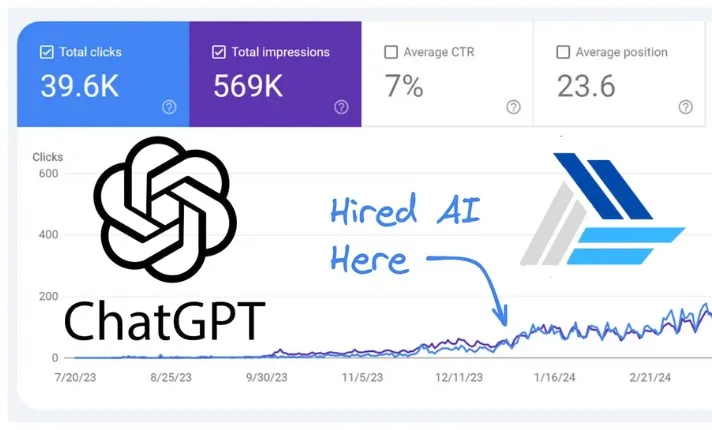What is ASCII?
ASCII, or American Standard Code for Information Interchange, is the primary character encoding format used in computers and on the internet. It assigns unique values to 128 characters, including uppercase and lowercase letters, numbers, punctuation marks, and control codes. Established by the American National Standards Institute in 1963, ASCII is fundamental to data communication.
How ASCII Works
ASCII encodes characters using binary, decimal, hexadecimal, and octal formats. For instance, the lowercase letter "m" can be represented as:
- Hexadecimal: 0x6D
- Octal: /155
- Decimal: 109
- Binary (7-bit): 1101101
ASCII simplifies data processing, allowing developers to easily convert text cases and manipulate characters through binary coding.
Why ASCII is Important
Though modern systems predominantly utilize Unicode, ASCII remains vital in text data encoding. It provides a common standard, having been adopted by the Internet Engineering Task Force as a basis for data interchange protocols. ASCII ensures compatibility across systems, making it essential for developers and tech enthusiasts.
ASCII Variants and Unicode
While ASCII originally catered to English text, the advent of extended ASCII introduced additional characters, though it still falls short for many world languages. Unicode expands upon ASCII, offering a comprehensive character set that includes a vast range of languages and symbols.
Converting Text to ASCII Code
In Windows, users can convert text files to ASCII using PowerShell. For example, the command format-hex .\hello.txt displays the ASCII encoding of a specified file, showing its structure in hexadecimal format for easy interpretation.
ASCII Code Tables and Control Codes
ASCII consists of 32 non-printing control codes and 96 printable characters, including letters, numbers, and punctuation. Extended ASCII incorporates additional characters for various languages, enhancing its usability in global contexts.
Experience Easy ASCII Conversion
Utilize our ASCII to Text tool at Jimni Nomics for seamless conversion of ASCII data into readable text. Our user-friendly platform simplifies the process, making data management accessible to everyone.


 By: Jimni Nomics
By: Jimni Nomics
